End to the silence about 15 million dead lambs
Published 3 September 2012
WHEN icy cold fronts, sheeting rain, hail and even sleet whistle across the flats plains of southern Australia's sheep farms, it strikes a chill into the heart of every grazier.
No farmer, certainly not Ararat’s Charlie de Fegely, enjoys the sight the next morning of frosty paddocks littered with the rigid bodies of newborn white lambs that have not survived the night’s wild winter storms.
Dead lambs mean lost income and the loss of years of breeding effort and genetic gain that have been invested by sheep and wool producers into more productive sheep flocks with better wool, faster growth and larger bodies.
It is estimated that 15 million lambs die in Australia a year within 48 hours of birth; equal to one-third of the 42 million breeding ewes in Australia all losing a lamb every year.
“I never like seeing a dead lamb; every time, I think there’s an opportunity that’s gone missing, some genetic gain lost, and wonder why did it happen and what could I have done differently to avoid it,” Mr de Fegely said.
The problem of all-too-common lamb deaths in winter is no longer just an economic one — the sheep industry has been warned by some of its own leaders, most recently by Jason Trompf, president of the national Lambex sheep expo held in Bendigo, that animal activists and welfare groups are planning to campaign on the issue.
Mr Trompf is convinced that unless sheep producers focus more on lamb survival rates instead of regarding them as a sad but unavoidable consequence of adverse weather during lambing — they could face an international anti-wool and lamb backlash from animal cruelty campaigners to rival last year’s live cattle export trade-to-Indonesia controversy.
Most newborn lambs die from exposure to cold weather, usually at night, or a lack of shelter and food. Some are abandoned by their mothers; others are too small to survive, usually when born a twin or triplet.
“It is not acceptable and the issue needs to be talked about,’ Mr Trompf said yesterday.
“This is an opportunity for farmers to show they are willing to be more accountable to the wider public, to be upfront and proactive about an issue that can’t be ignored any longer, and to do something about a problem that is costing us, an industry, one-third of our genetic potential.”
Mr Trompf’s determination to raise the issue at Lambex and recent seminars in Victoria and Tasmania has not met with the approval of the upper echelons of the sheep and wool industry.
Wool Innovation Australia, the company responsible for marketing Australian wool internationally, fears publicising the figure of 15 million dead lambs a year will instantly and adversely reverberate through consumer and retail markets worldwide.
“It’s like these farmers deliberately want to shoot themselves in the foot,” said one wool industry leader, who declined to speak publicly.
Mr de Fegely is one farmer who is already working to improve the survival of the lambs born to his 5500 merino ewes each year.
With merino ewes being known as poor mothers, and an increased incidence of twins being born on his “Quamby” farm, Mr de Fegely took the decision to scan all his just-pregnant sheep to see which ones were expecting twins.
By dividing the ewes into smaller separate mobs of expectant twin and single mothers, and feeding the ewes carrying twins more feed before birth, he has been able to markedly increase the survival of twin lambs as they are born heavier than before and are quicker to walk and suckle.
More attention is also being paid to lambing sheep among tree shelter belts and plantations to provide shelter.
His lamb survival per 100 ewes have risen from a long-term average of about 80 per cent to 110 per cent this year.
By Sue Neales, The Australian » Full Story
Recent News
-
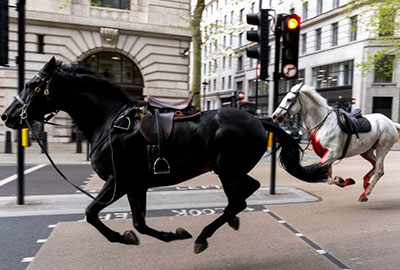
Animals are not “ours”
A brief glimpse into the terror and trauma animals regularly experience
-
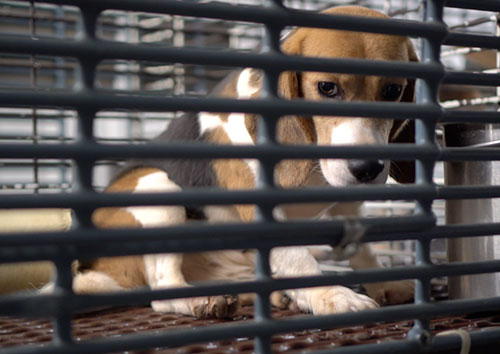
Bred to Suffer
Charges were dropped for activists, but an American beagle facility is still abusing dogs.
-
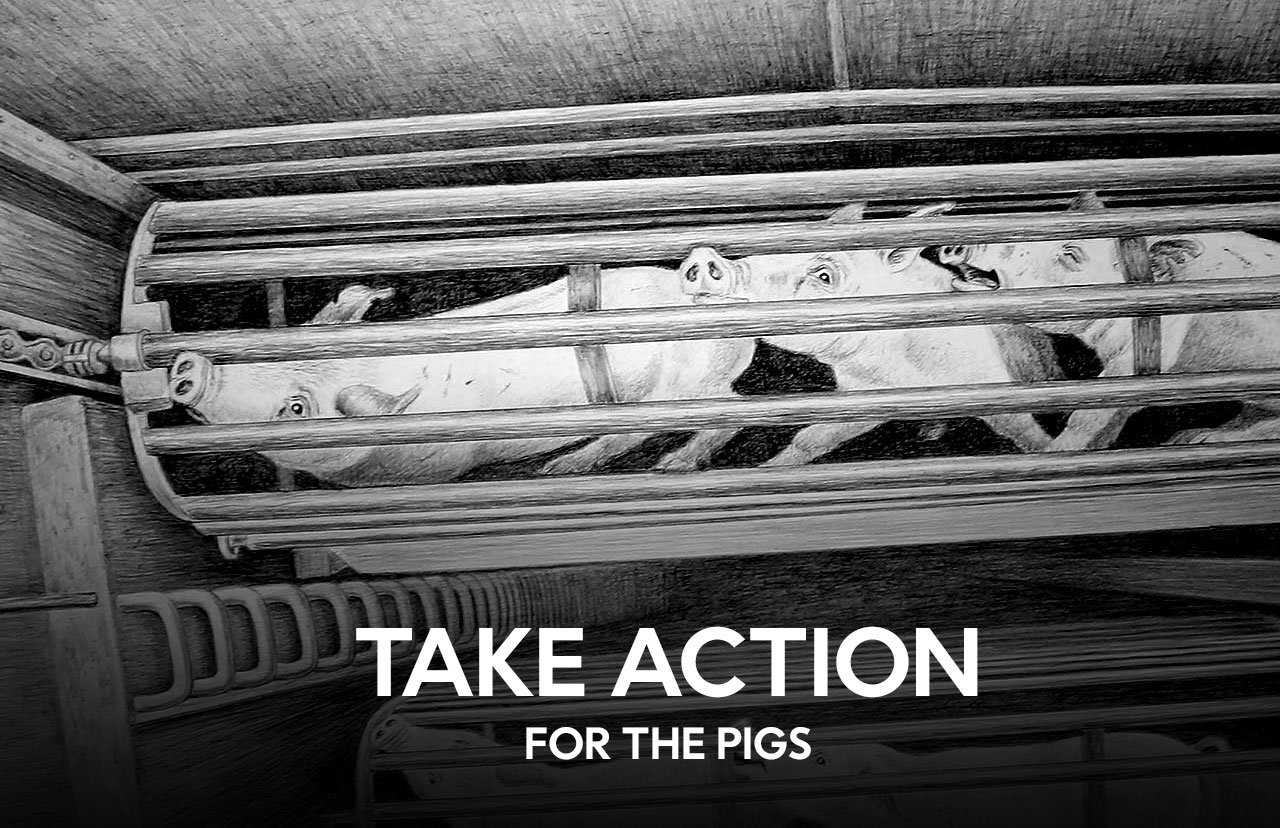
Pigs need your help now!
URGENT - the Victorian Government has set up a Parliamentary Inquiry into the welfare of pigs in Victoria. YOU now have a platform to speak up for pigs. To stand beside them and say NO to the brutal existence and excruciating deaths in gas chambers we force upon them.
-
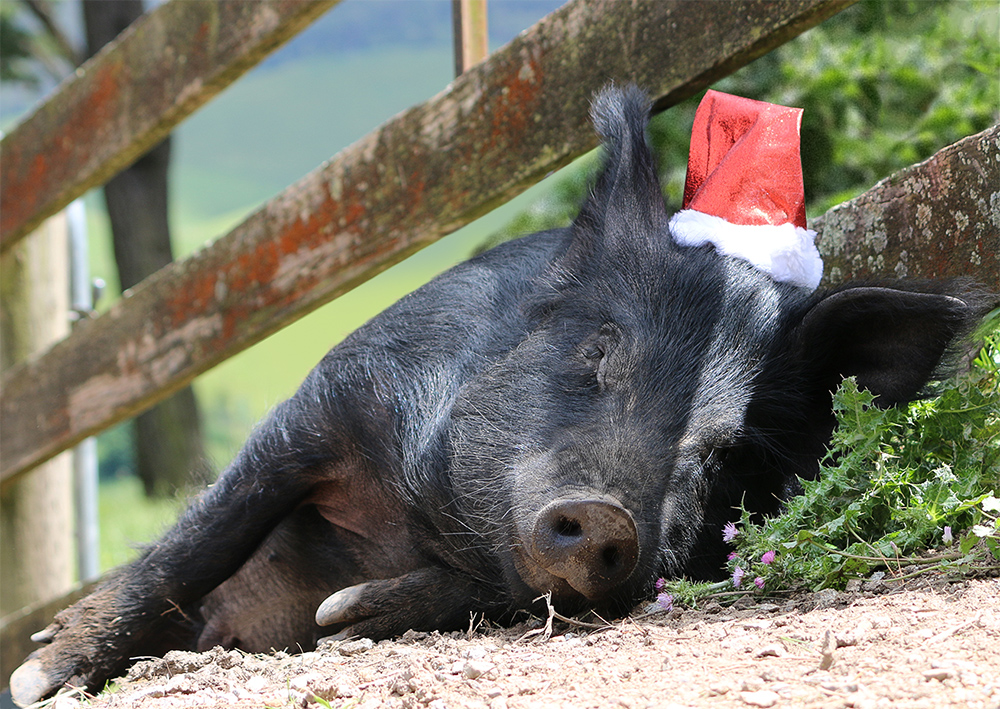
Vegan Christmas Guide
Christmas, at its best, is a time to gather with loved ones and for advancing peace and goodwill.
-
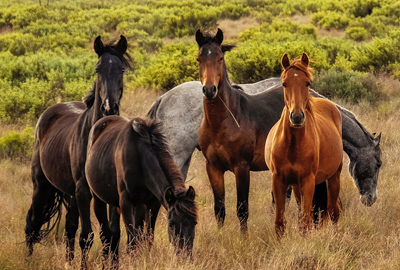
Wild horses facing mass slaughter
Mares in foal and mares with foals at foot, to face a mass slaughter in August.
-

Farmed fish are depressed
On World Day for the End of Fishing, we're launching an animation about fish who are subjected to aquaculture.
Leave a Comment